Crocosmia x 'Lucifer'
Crocosmia 'Lucifer' – 'Lucifer' Crocosmia (Montbretia)
Crocosmia 'Lucifer' – 'Lucifer' Crocosmia (Montbretia)
Exposure
- Sun
Rusticity
Bloom time
- July
- August
- September
- Spectacular scarlet-red flowers
- Attracts hummingbirds
- Vertical, sword-like foliage
- Superb cut flower
- Requires winter protection
'Lucifer' Crocosmia injects a dose of energy and a spectacular exotic touch into any garden. This corm-based perennial stands out with its spikes of incandescent scarlet-red flowers that seem to set borders on fire in mid-summer. Its architectural foliage and ability to attract hummingbirds make it a star plant, which nevertheless requires special attention to get through our winters.
Characteristics
- Foliage: The plant develops a clump of tall, deciduous, bright green leaves that are pleated and sword-shaped, reminiscent of gladiolus leaves. This foliage brings a strong vertical structure to the garden.
- Flowering: In mid to late summer, long, arching stems rise above the foliage. They carry rows of pure, vibrant, scarlet-red, trumpet-shaped flowers. The bloom is a true magnet for hummingbirds.
- Light: It demands full sun to produce its most intense and spectacular flowering.
- Habit: It forms a clump with an upright and gracefully arching or vase-shaped habit, creating a fountain-like effect.
- Growth: With a medium growth rate, it reaches a height of 60 to 120 cm with a spread of 30 to 60 cm.
- Moisture: It prefers soil that remains cool and moist during the growing season.
- Soil: It thrives in rich, fertile, and well-drained soil. It hates waterlogged soil, especially in winter.
- Hardiness: It is hardy in Zone 5, but its winter survival depends entirely on adequate protection from cold and moisture.
- Resistance: It resists deer and rabbits very well.
Uses
- Types of Use: It is a spectacular choice for adding a vertical accent and bright colour to perennial borders. It integrates wonderfully into gardens with hot colour schemes or an exotic style.
- Ornamental Features: Its pure red flowers create an unparalleled visual impact in summer. It is also an exceptional cut flower that adds a dramatic touch to bouquets.
Care
- Watering: Maintain moist soil throughout the growing season for optimal performance.
- Fertilizing: Incorporate compost into the soil at planting. A spring application of a flower fertilizer will support its vigour.
- Pruning: Cut the foliage back to the ground in late fall, after it has yellowed.
- Planting: Plant the corms in the spring, after the last risk of frost.
- Winter Protection: This is the most crucial step. In Zone 5 or colder, protection is essential. Two options: 1) After the first frosts, cover the base with a very thick layer of mulch (15-20 cm) to insulate from the cold. 2) Dig up the corms after the first frost, let them dry, and store them in a cool, dry, frost-free place for the winter.
Plant details
Dimensions
Dimensions
Characteristics
Characteristics
Habit:
- Upright
- Vase-shaped
Flowering colours:
- Red
Plant needs
Plant needs
Watering:
- Tolerates moist soil
Maintenance:
- Medium
- Winter protection
- Divide
Soil requirement:
- Rich
- Well-drained
Features
Features
Resistance:
- Deer
- Hare and rabbit
Attract:
- Hummingbirds
- Pollinators
Use:
- Border
- Specimen
- Mass planting
Attribute:
- Cut flower
- Long blooming

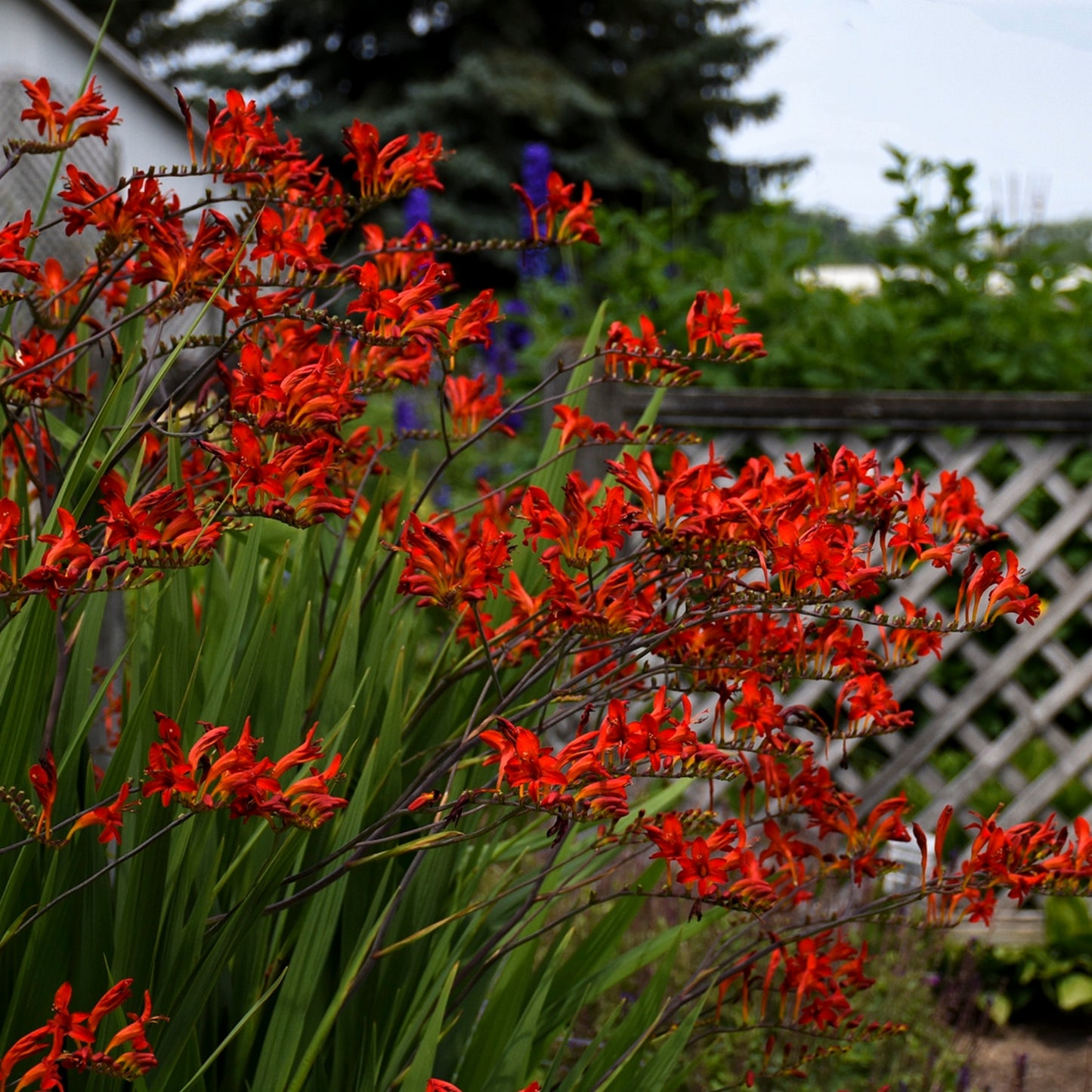
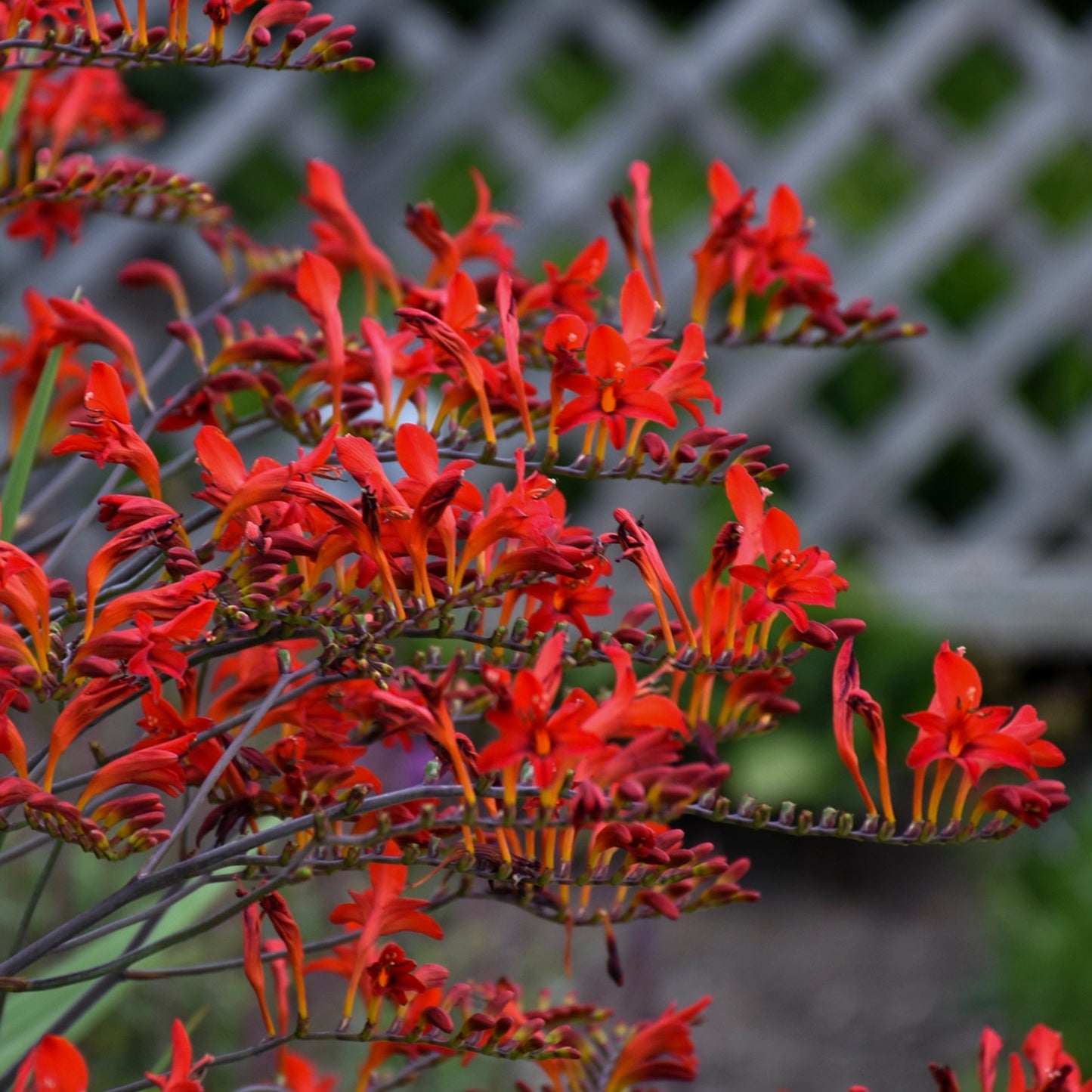
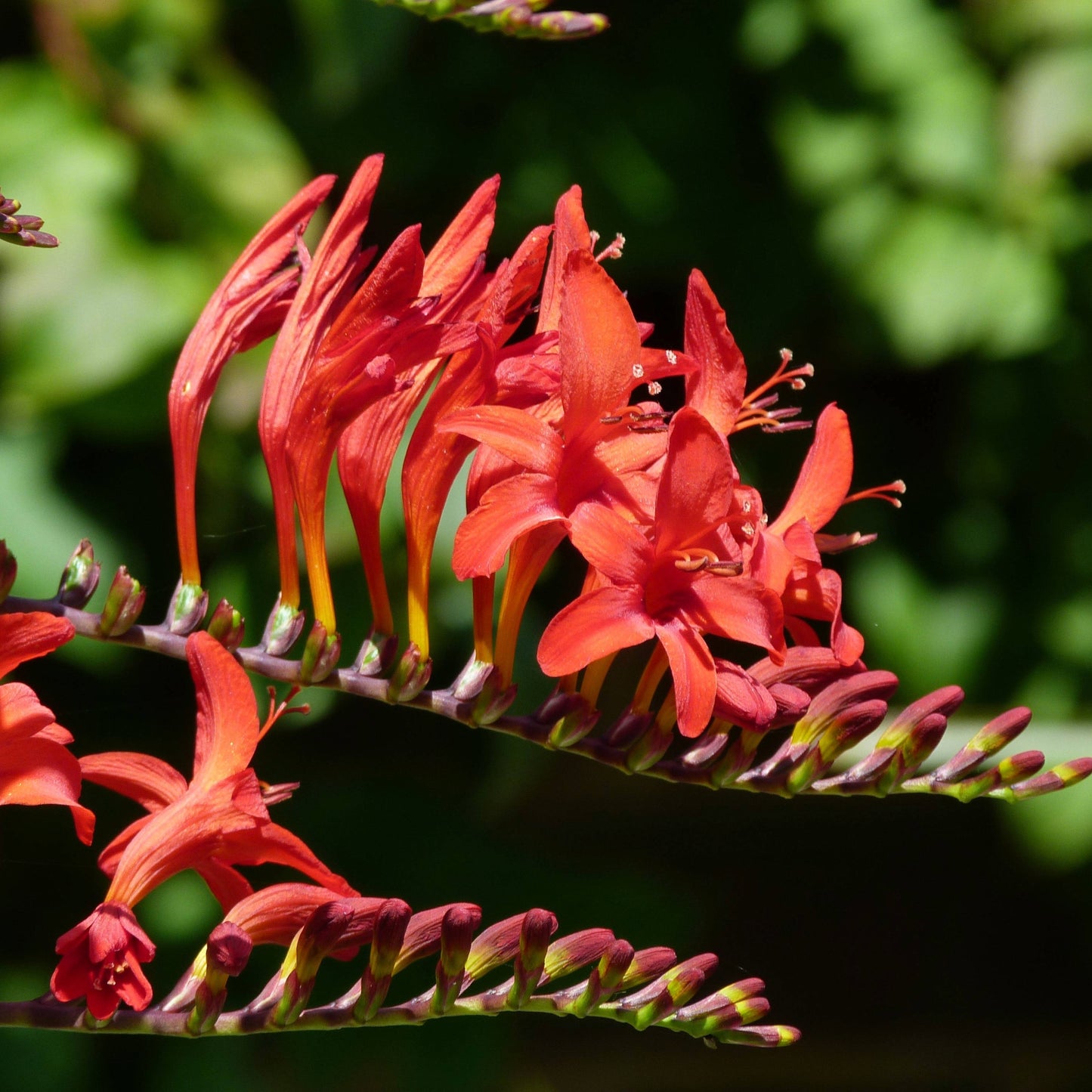
Related articles
-
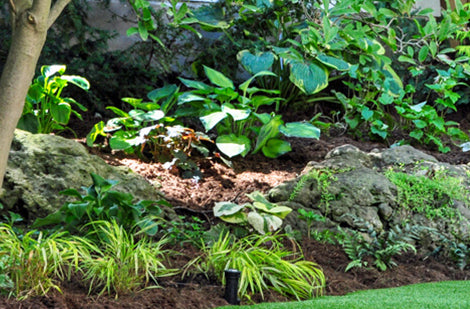
Perennials for all occasions
Read the articleOsez créer des associations inédites qui sauront refléter votre personnalité, même si pour cela vous deviez déplacer certaines vivaces pour mieux les mettre en valeur.
-
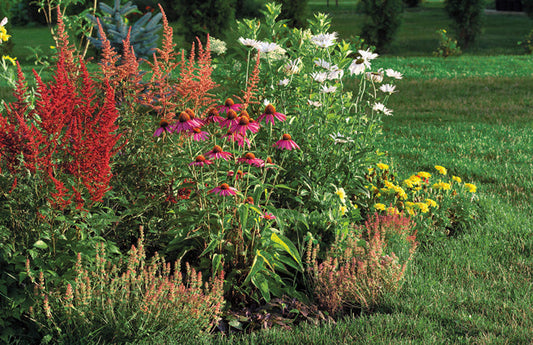
Landscaping with perennials
Read the articleVariétés à découvrir, la tomate se savoure crue, en sandwich, en bruschetta ou en salade. Cuite, c'est l'ingrédient de base de sauces, soupes et salsas.
-
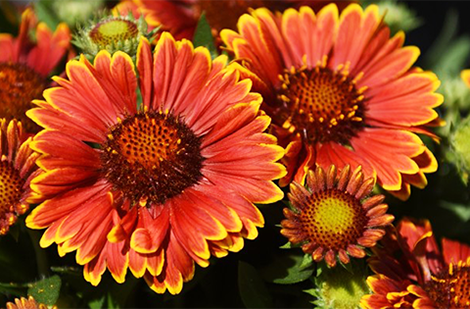
Perennials proper maintenance: cut and fertilize
Read the articleLa grande popularité des vivaces vient du fait qu'après avoir été oubliées pendant des mois au cours de l'hiver, elles réapparaissent sur la scène plus énergiques et surprenantes que par...
-
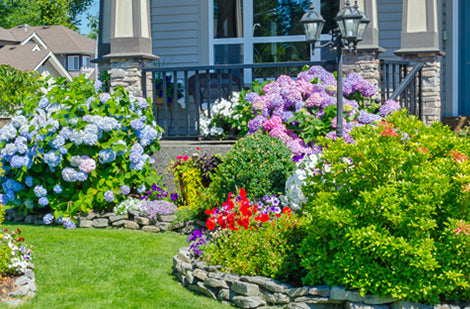
How to plant perennials in your garden
Read the articleEn pénétrant au jardin, ce sont souvent les plantes vivaces que l’on remarque en premier. Un massif de sauges, d’hémérocalles, d’astilbes, d’échinacées ou de lavande offre un spectacle d’une beauté...












